#11th century
Text
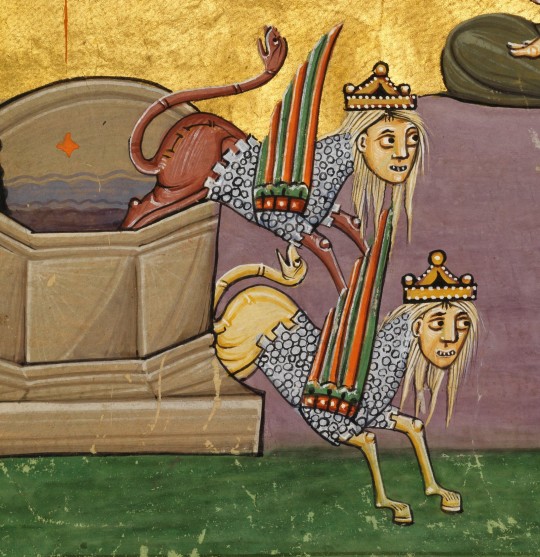
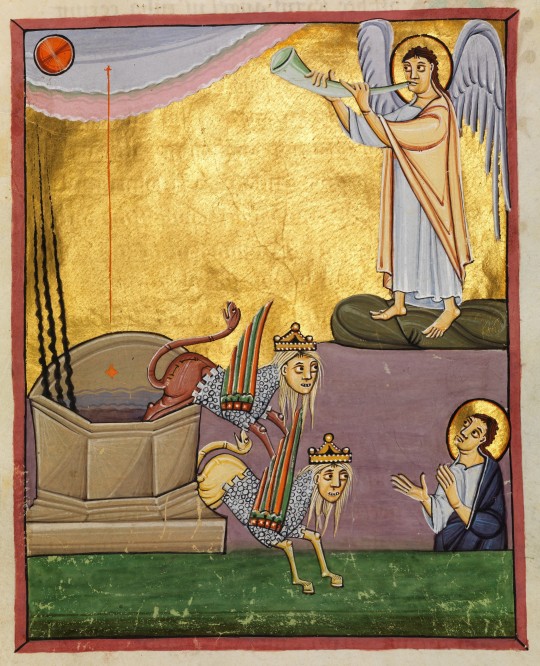
the locusts from the bottomless pit
"The shape of the locusts was like horses prepared for battle. On their heads were crowns of something like gold, and their faces were like the faces of men. They had hair like women’s hair, and their teeth were like lions’ teeth. And they had breastplates like breastplates of iron, and the sound of their wings was like the sound of chariots with many horses running into battle. They had tails like scorpions, and there were stings in their tails. Their power was to hurt men five months."
- Revelation 9:7-10 (NKJV)
miniature in the "bamberg apocalypse", illuminated manuscript, lake constance region, c. 1000-1020
source: Bamberg, Staatsbibliothek, Msc.Bibl.140, fol. 23r
#11th century#medieval art#bamberg apocalypse#bamberger apokalypse#locusts#revelation#apocalypse#hybrids
741 notes
·
View notes
Text
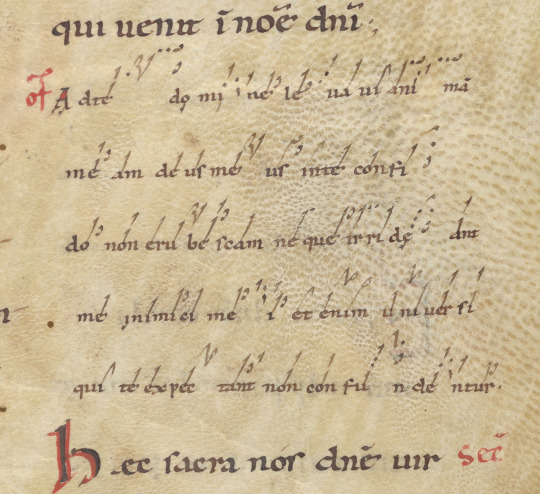

Music a millennium old
Fragment of a missal, a book containing the texts for celebrating Mass, from approximately 1000 CE. The smaller text is a passage of Gregorian chant with neumes, an early form of musical notation.
MS Typ 773
Houghton Library, Harvard University
161 notes
·
View notes
Photo

The Norman conquest of England, 11th century.
by atlas_cartography
128 notes
·
View notes
Text
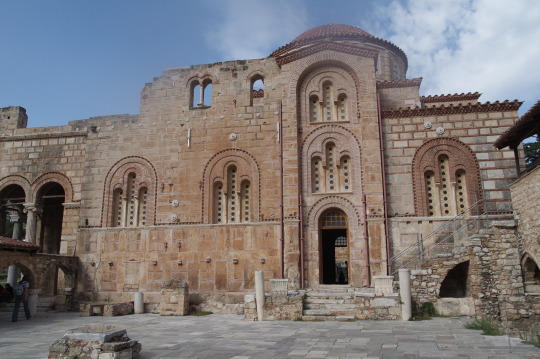
I also went to Moni Dafniou, an 11th century restored monastery that was built in part with remnants of ancient sites from the surrounding area. The church was built along Nea Moni and Osios Loukas, two churches belonging to monasteries of the 11th century, one in Chios and the other in Boeotia that have been also restored.
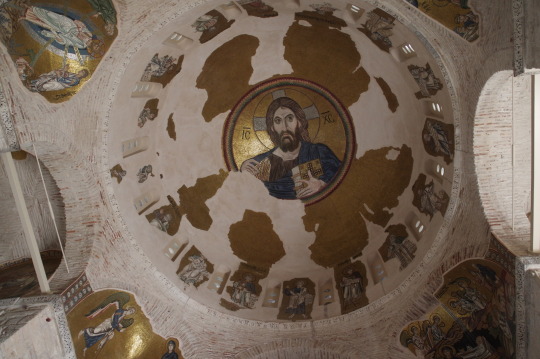
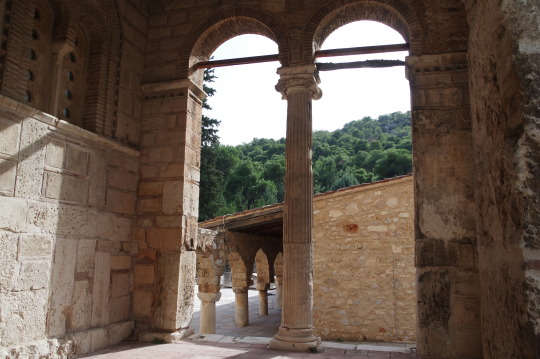
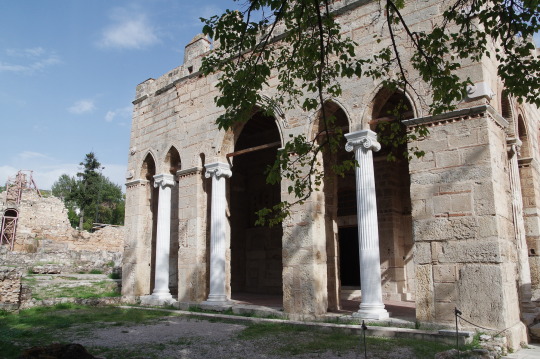
The scenes from the mosaics are from the life of Christ.

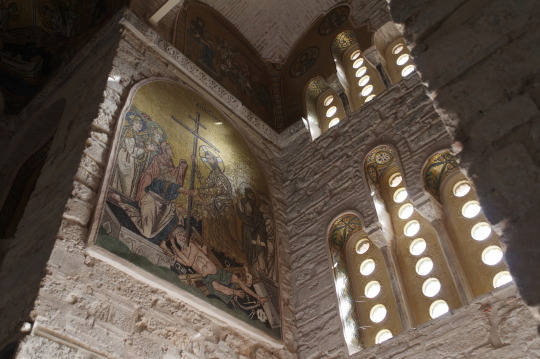
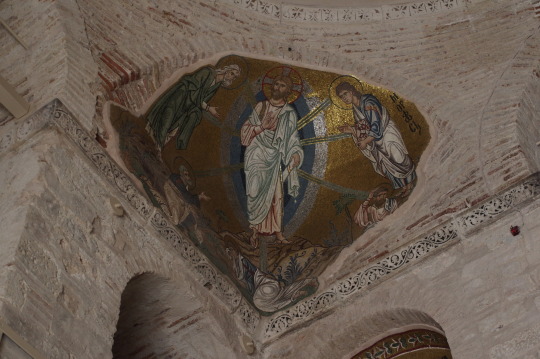
#greece#dafni#moni dafniou#byzantine churches#byzantine mosaics#mosaics#11th century#byzantine sites#Byzantine Greece#βυζαντινές εκκλησίες#εκκλησίες#μοναστήρια#βυζαντινά μοναστήρια#αρχαιολογικοί χώροι#archaeological sites#ελλάδα#δαφνί#Attica#greek archaeological sites
231 notes
·
View notes
Text




~ Hunchback Leaning on Staff.
Date: 10th–12th century
Place of origin: Mexico, Mesoamerica, Veracruz
Culture: Huastec
Medium: Sandstone
#history#museum#archeology#archaeology#10th century#11th century#hunchback leaning on staff#hunchback#Mesoamerica#Veracruz#Mexico#huasteca#huastec
429 notes
·
View notes
Text
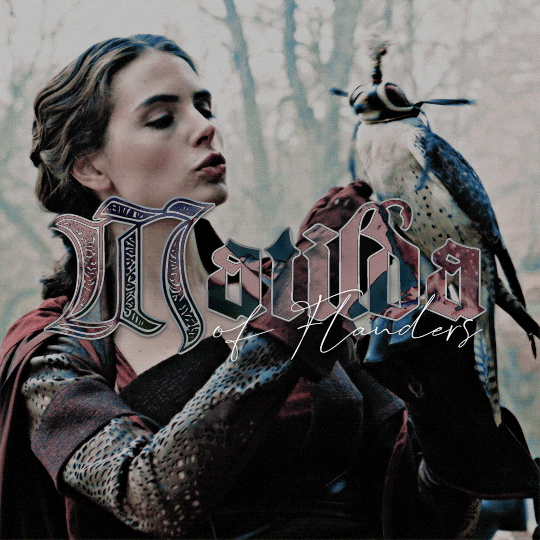


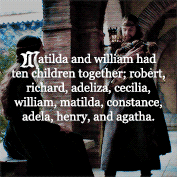


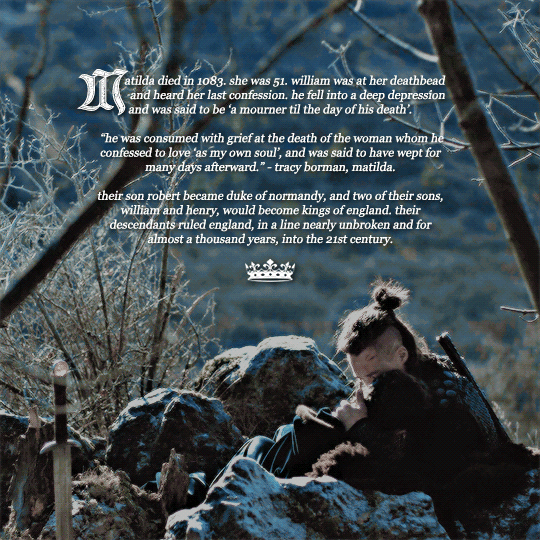
FAVOURITE HISTORICAL FIGURES 1/∞
↳ Matilda of Flanders, Queen of England and Duchess of Normandy
❛ The coronation ordo for Matilda incorporated three important new phrases; 'constituit reginam popolo' - the Queen is placed by God among the people; 'regalis imperii ... esse participem' - the Queen shares royal power; and 'laetatur gens Anglica domini imperio regenda et reginae virtutis providential gubernanda' - the English people are blessed to be ruled by the power and the virtue of the Queen. ❜
Queens Consort: England's Medieval Queens by Lisa Hilton.
❛ Matilda's achievements as Duchess of Normandy and Queen of England had been considerable. ... Far from being a meek and submissive wife and consort, subject entirely to her husbands will, she had wielded authority in her own right and had enjoyed an independence of action matched by few of her contemporaries. ❜
Matilda by Tracy Borman.
#mine#*historybaes#historicwomendaily#historyedit#11th century#matilda of flanders#william the conqueror#userraffa#userhallie#useral#tusermalina#i just fucking love this woman there are no words#and THEM#we love a man who actually loves his wife#i honestly believe the rumours about him hurting her or her refusing him are just#anti norman propeganda#'we hate william he threw his wife about by her hair!!!'#william- planning his wifes coronation and drinking his respect women juice: wait what
173 notes
·
View notes
Text







Women in History Month (insp) | Week 4: Dynastic Daughters
#historyedit#perioddramaedit#women in history#women in history month challenge#my edits#mine#marie anne de bourbon-conti#princess hexiao#hanzade sultan#caroline bonaparte#marie-thérèse-charlotte de france#princess fukang#gorgô of sparta#french history#chinese history#ancient greece#17th century#18th century#19th century#11th century#6th century bc#5th century bc
143 notes
·
View notes
Text

Sea Stallion from Glendalough a replica Skuldelev 2, a large longship from the Viking Age, 1042
211 notes
·
View notes
Photo

Michael Fassbender as Macbeth & Marion Cotillard as Lady Macbeth in Macbeth (Film, 2015).
#Michael Fassbender#macbeth#marion cotillard#lady macbeth#perioddramaedit#11th century#jacqueline durran
248 notes
·
View notes
Text
Anna Komnene, Princess and Historian
Anna Komnene is one of our only sources on the First Crusade from the Byzantine perspective. She was a Byzantine princess, historian, and intellectual. Read more about her life here! #history #crusades #womenshistory #AnnaKomnene #historian #writer
“For even the greatest of deeds, if not haply preserved in written words and handed down to remembrance, become extinguished in the obscurity of silence”
-Preface, The Alexiad
Anna Komnene is one of the first female historians and one of the most valuable primary sources of the Middle Ages. Her written account of her father’s reign, The Alexiad, is our only source of the First Crusade from a…
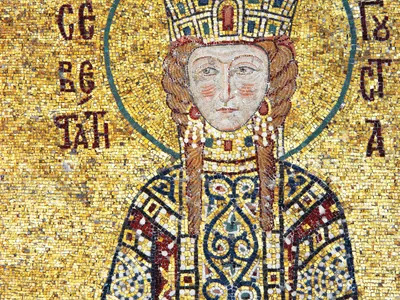
View On WordPress
#11th century#Alexiad#Alexios I#Anna Komnene#biography#blog#Byzantine#Byzantine Empire#classics#crusades#first crusade#Greek#Greek classics#Greek history#historian#history#history blog#history writing#Homer#Iliad#medieval history#princess#women&039;s history
84 notes
·
View notes
Text

Mummies of a woman with a female child of the Yampara culture, 11th century. Found in Naunaca Mojocoya, Bolivia.
This is a human sacrifice that was offered at every lunar eclipse to appease the moon god: the heart was taken from a healthy and a sick person while they were still alive)
#mummies#tw: mummy#tw: human remains#anthropology#bolivia#woman and girl#human sacrifice#11th century
84 notes
·
View notes
Text





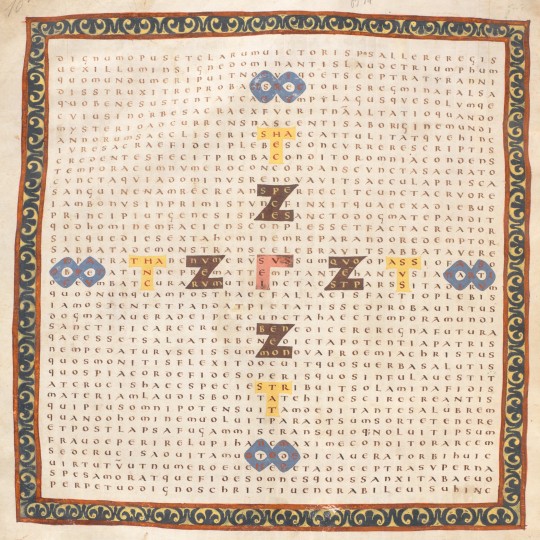
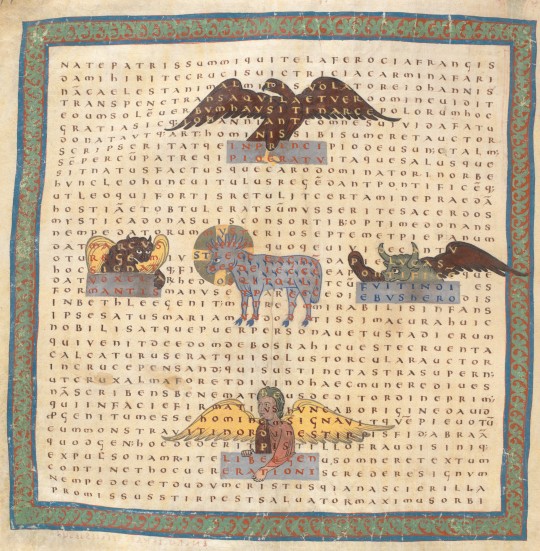



pattern poems
in a copy of the "liber de laudibus sanctae crucis" by hrabanus maurus, central or southern france, early 11th century
source: Bern, Burgerbibliothek, Cod. 9
#11th century#carmina figurata#hrabanus maurus#Rabanus Maurus#De laudibus sanctae crucis#pattern poems#medieval art#illuminated manuscript
208 notes
·
View notes
Text







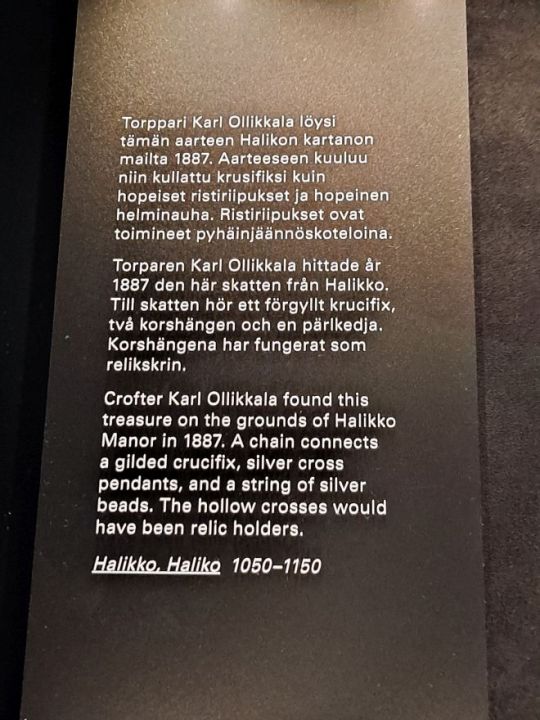
The treasure of Halikko (Finland)
1050-1150
National Museum of Finland
July 2021
Wikipedia
Youtube
youtube
#Treasure of Halikko#Finland#11th century#12th century#medieval#jewelry#treasure#National Museum of Finland#Kansallismuseo#keskiaika#koru#riipus#kaulanauha#my photo#Youtube
80 notes
·
View notes
Photo

William the Conqueror, Duke of Normandy & King of England (1066-1087)
Map published in “L’Histoire” n°424 (June 2016); included in the “World Historical Atlas” by Christian Grataloup, Les Arènes/L’Histoire, 2019
by cartesdhistoire
In 1066, the victory at Hastings linked England to the continent for several centuries, despite the difficult conquest of the North and Cornwall. In about ten years, William extended Norman power from the Scottish marches to Maine. He stitched the territory with castles, took control of the administration and avoided the creation of vast vassal fiefdoms, apart from the counties facing Wales and Scotland. The duke-king, upon his death in 1087, was in a position to compete with the king of France.
1035: On the death of his father, William becomes Duke of Normandy at the age of 8.
1047: Battle of Val-ès-Dunes. William, allied with the French king Henry I, defeats a coalition of rebel Norman barons.
1051: Edward the Confessor, King of England, asks William to succeed him.
1052: Breakdown of the alliance between William and Henry I.
Around 1053: Marriage of William and Mathilde of Flanders.
1063: Harold is taken prisoner by Gui de Ponthieu. William had him released and demanded that he undertake to recognize him as king of England upon Edward's death.
1066, October 14: Battle of Hastings.
1066, December 25: William crowned king of England.
1069-1070: Rebellion in northern England and its suppression.
1083: Death of Queen Mathilde. She is buried in the Abbaye aux Dames de Caen, which she founded.
1085-1086: Census for the completion of the Domesday Book.
1087: Death of William. He is buried in the Men's Abbey of Caen, which he founded. His eldest son, Robert Courteheuse, succeeded him as Duke of Normandy; his third son William II Roux becomes king of England.
1204: Philippe Auguste, king of France, defeats John Lackland and conquers Normandy. It is the end of the cross-Channel empire created by William.
94 notes
·
View notes
Photo

Maidens with Swords - 12th Century
1K notes
·
View notes
Text


~ Celestial dancer (Devata).

Period: Chandela period
Date: mid-11th century
Culture: Central India, Madhya Pradesh
Medium: Sandstone

#history#museum#archaeology#11th century#celestial dancer#devata#india#indian#madhya pradesh#sandstone#chandela#chandela dynasty
1K notes
·
View notes